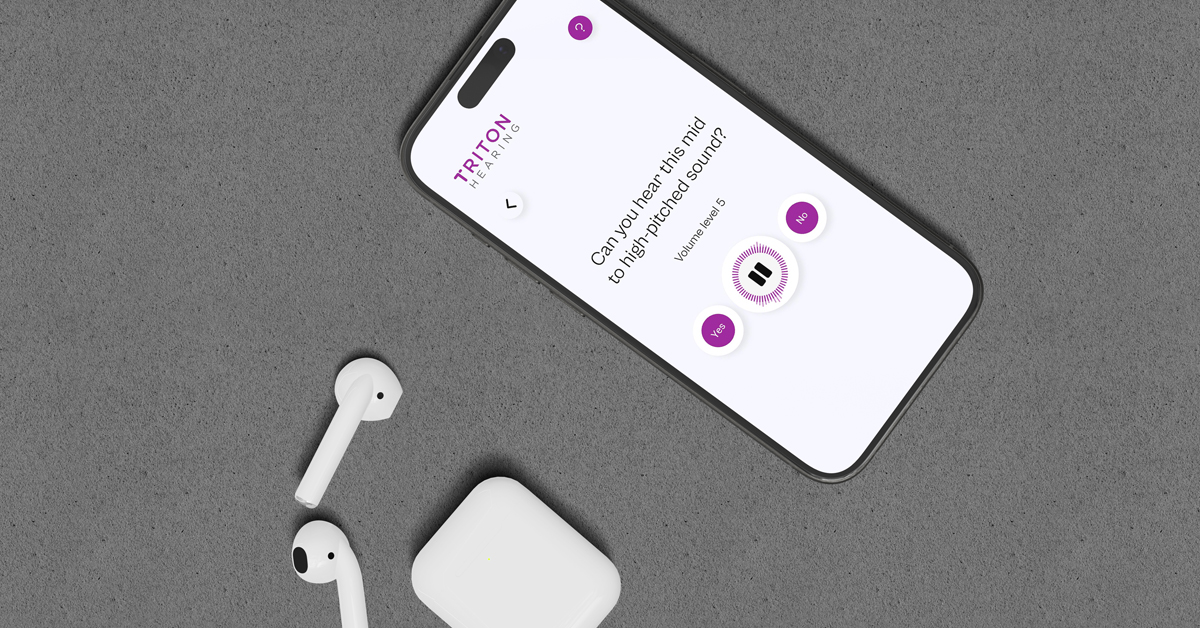Compare Hearing Aids Types
Modern hearing aids are more advanced, discreet, and easy to use than ever before. Whatever your need, there's a solution for you.
Receiver-In-Canal - RIC
Receiver-in-canal devices are an open-fit hearing aid, meaning the plastic micro tube extends into the ear canal but still allows air and sound to pass through naturally. They are our most commonly used hearing aid with many features like rechargeable batteries, being waterproof*, Bluetooth® connectivity for streaming, and more.
Learn more

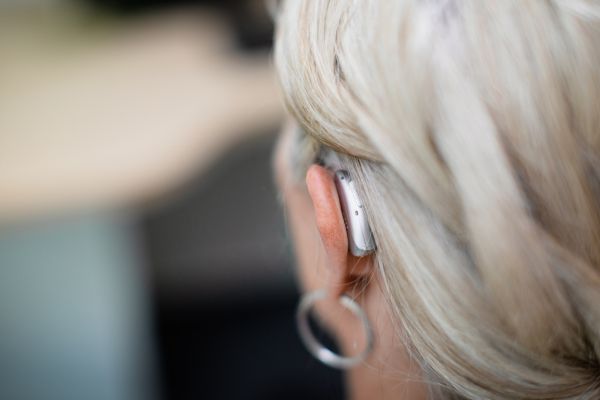
Behind-The-Ear
Behind-the-ear devices are ideal for people with a high degree of hearing loss. Their case rests on the back of the outer ear. While they are more visible than other hearing aid types, they are also the most powerful and versatile. Sound is transferred into the ear via a tube that connects to a customised earmold.
Learn more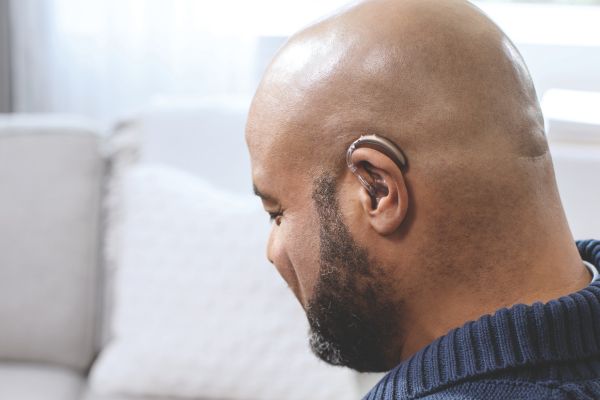
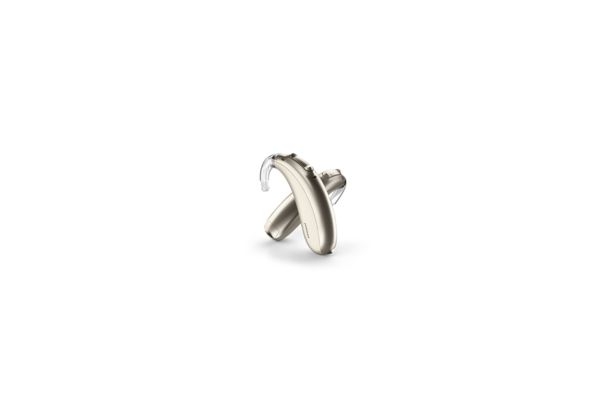
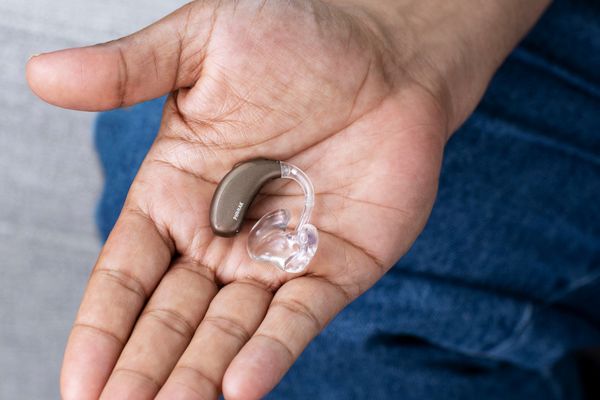
In-The-Ear - ITE
In-the-ear devices are much smaller in size than other types. These types of hearing aids are often unnoticed or mistaken for wireless ear buds. The outer housing is completely customized to the wearer's ear by taking precise earmolds. The battery and components are stored in the housing that slides into the ear canal. The latest models offer Bluetooth® connectivity and rechargeability.
Learn more
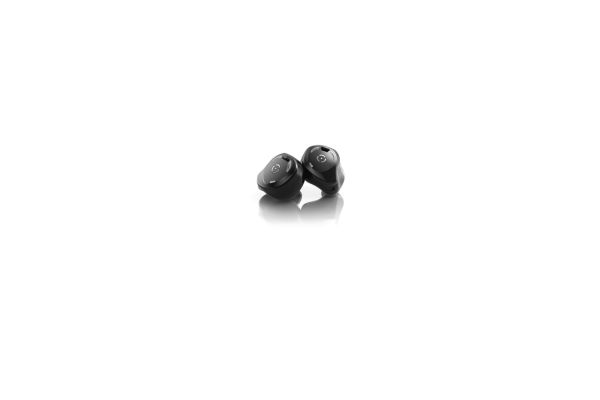

Lyric / CIC
Lyric's incredible technology provides the ultimate discreet hearing solution. It is the world's first 100% invisible when worn hearing device. The size of a pea, it sits comfortably by the eardrum capturing natural sound and gently amplifying it. Designed for extended wear, Lyric can be worn 24 hours a day, continuously for up to three months - you can sleep, shower and exercise with no need to change batteries, clean, insert or remove the devices.
Learn more


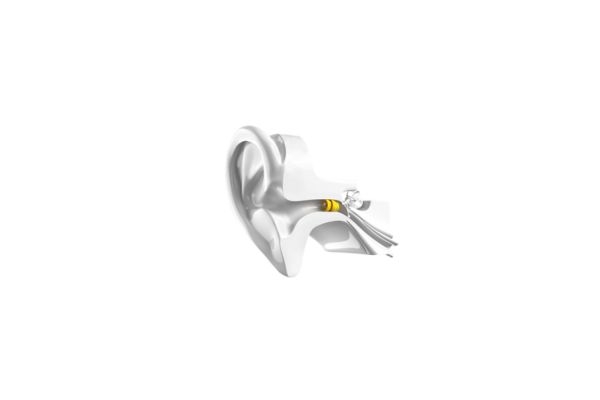
What other designs are available?
Everyone's hearing is unique, and if standard hearing devices do not meet an individual's needs, there are still a number of alternatives. Our hearing experts are highly knowledgeable about the pros and cons of different types. Here are some alternatives:
We're here to help

Book a free* hearing check
*We offer free 15 hearing checks or 75 minute hearing assessments for anyone aged 18 and older.
Get in touch
Find your local clinic
Find a clinic

